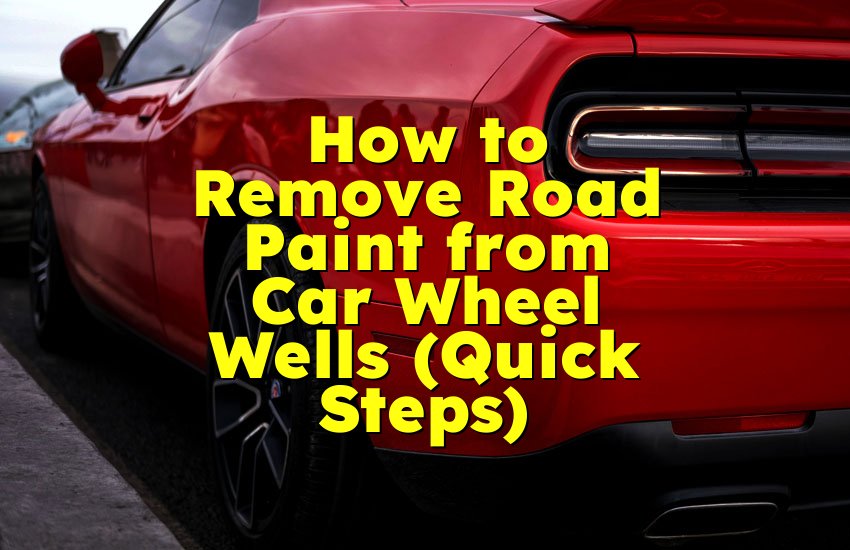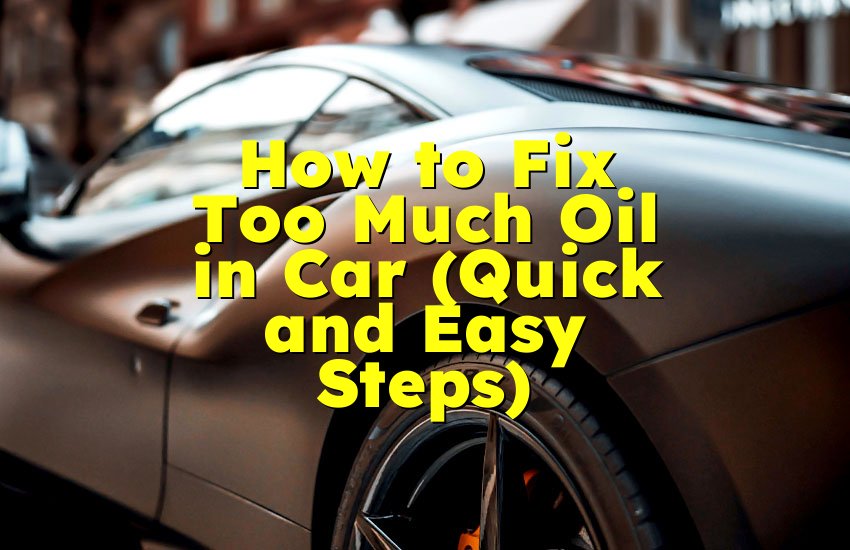As an Amazon Associate, I earn from qualifying purchases at no extra cost to you.
What Does Manual Transmission Mean? Everything You Need to Know
You might have heard the term “manual transmission” when talking about cars. It sounds a bit fancy, but it's actually pretty simple. A manual transmission is a type of car gear system that lets you control how the car moves by shifting gears yourself. This means you use a stick shift and a clutch pedal, instead of letting the car do it for you. Many people enjoy driving cars with manual transmissions because it can make you feel more connected to the vehicle. In this article, we'll break down what manual transmission means and why some drivers love it.
What Does Manual Transmission Mean?
A manual transmission is a type of gear system in a car. It allows the driver to change gears by hand, instead of using an automatic system that does it for you. In a manual car, you have to use a clutch pedal and a gear stick to switch between different speeds. This is different from an automatic transmission, where the car does all the work.
When you drive a car with a manual transmission, you have more control over how the car behaves. You can choose when to shift gears based on how fast you want to go or how much power you need. For example, when you start driving from a stop, you usually begin in first gear. As you speed up, you will need to shift to a higher gear, like second or third, to keep going smoothly. If you want to go fast, you will move through all the gears up to the highest one.

One of the key parts of a manual transmission is the clutch. The clutch is a pedal located on the left side of the brake pedal. When you want to change gears, you press the clutch down with your left foot. This disconnects the engine from the wheels, allowing you to shift gears without grinding the gears. Once you have changed gears, you slowly release the clutch while pressing the gas pedal with your right foot. This process can take some practice, but many drivers enjoy the feeling of being in control.
Driving a manual transmission can also be more fuel-efficient in some cases. Manual cars can use less gas because they allow you to control how the engine runs. If you know how to drive a manual car well, you can keep the engine running at its best speed, which can save fuel. This is one reason why some people prefer manual cars, especially those who like to drive for fun.
Another benefit of a manual transmission is that it can be cheaper to maintain. Manual cars often have fewer parts than automatic ones. This means there is less that can go wrong. When something does break, it can often be fixed for less money. Some drivers also feel that manual cars are more reliable because they do not depend on complex electronics that can fail.
However, driving a manual car can be tricky at first. It takes time to learn how to shift gears smoothly without stalling the engine. New drivers may find it challenging to coordinate the clutch and the gear stick. But with practice, many drivers become very skilled at it. Some even say that driving a manual car makes them feel more connected to the vehicle.
Many people enjoy the challenge of driving a manual transmission. It can be more engaging than driving an automatic car because you have to pay more attention to what you are doing. You have to listen to the engine and feel how the car is responding. This connection can make driving more fun for some people.
In some places, manual cars are becoming less common. Many new cars are sold with automatic transmissions because they are easier to drive. However, there are still many drivers who prefer manuals. Some car enthusiasts believe that manual transmissions offer a better driving experience. They enjoy the feeling of shifting gears themselves and the control it gives them over the car.
If you want to learn how to drive a manual transmission, it is a good idea to find someone who can teach you. You can take lessons or ask a friend or family member who knows how to drive a manual car. Learning in a safe area, like an empty parking lot, can help you get the hang of it without too much pressure.
When you first start, it is important to remember that it is okay to make mistakes. Everyone learns at their own pace. You might stall the engine a few times, and that is normal. Just take your time and focus on the basics: pressing the clutch, shifting gears, and giving it gas. With practice, you will become more confident and skilled.
Driving a manual transmission can also have some advantages in certain situations. For example, if you are driving in snow or on a steep hill, having control over your gears can help. You can choose lower gears to give you more power and prevent the wheels from slipping. This can make driving safer in challenging conditions.
In summary, a manual transmission is a type of gear system in a car that requires the driver to change gears by hand. It gives more control and can be more fuel-efficient and cheaper to maintain. Learning to drive a manual car can be challenging, but many drivers find it rewarding and enjoyable. Whether you love the thrill of shifting gears or appreciate the control it offers, driving a manual transmission can be a fun experience. If you are considering learning how to drive a manual car, take your time, practice, and enjoy the ride!
Are These Questions in Your Mind?
Is it harder to learn to drive a manual transmission than an automatic?
Yes, it can be harder for some people to learn. A manual transmission requires coordination between the clutch, gear stick, and gas pedal, which can take practice.
Can I drive a manual car in heavy traffic?
Yes, you can drive a manual car in heavy traffic, but it may be more tiring. You will have to shift gears often, which can be challenging in stop-and-go situations.
Do I need a special license to drive a manual transmission?
In most places, you do not need a special license. However, it is a good idea to check local laws. Some driving schools offer courses specifically for manual transmission.
Is it okay to ride the clutch while driving a manual?
No, riding the clutch is not a good practice. It can cause excessive wear and tear on the clutch, leading to costly repairs over time.
Can manual cars be better for towing?
Yes, manual cars can be better for towing because you have more control over the gears. This allows you to manage power more effectively when pulling heavy loads.
Do I need to downshift before stopping?
It is not always necessary, but downshifting can help slow the car smoothly. It allows you to match the engine speed to the lower gear, which can prevent stalling.
Is it easier to drive in hilly areas with a manual?
It can be easier to drive in hilly areas with a manual because you can select lower gears for better control. This helps prevent slipping or rolling backward.
Can I still drive a manual if I have a physical disability?
In some cases, yes, but it depends on the type of disability. Some adaptations can be made to make driving a manual easier for those with certain physical limitations.
Do I have to use both feet when driving a manual?
Yes, you typically use both feet: the left foot for the clutch and the right foot for the gas and brake pedals. This helps with smooth gear changes.
Is it common for new cars to have manual transmissions?
No, it is becoming less common. Many new cars are equipped with automatic transmissions because they are easier for most drivers to use.











